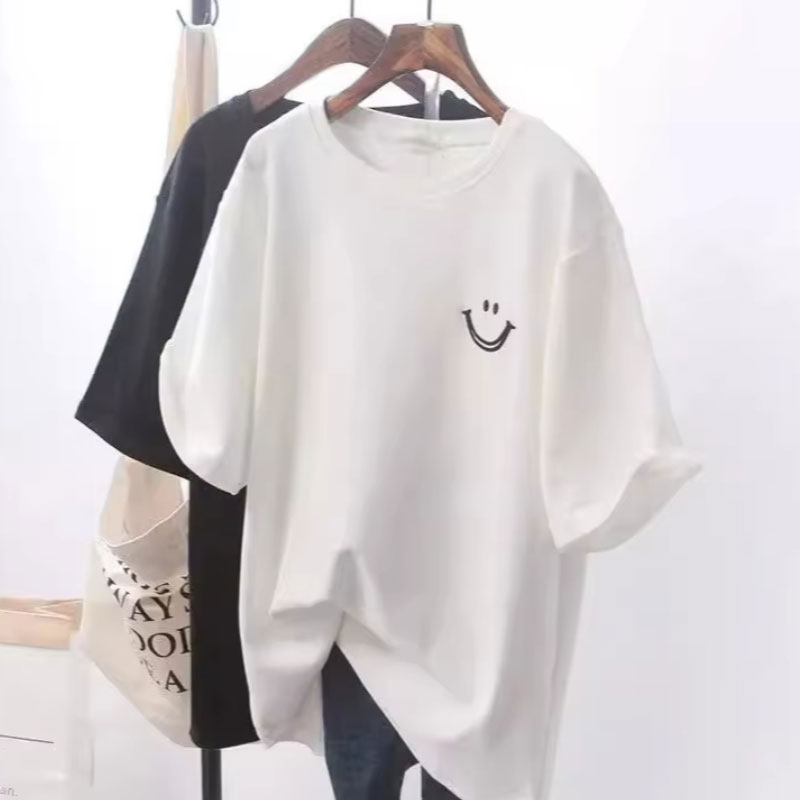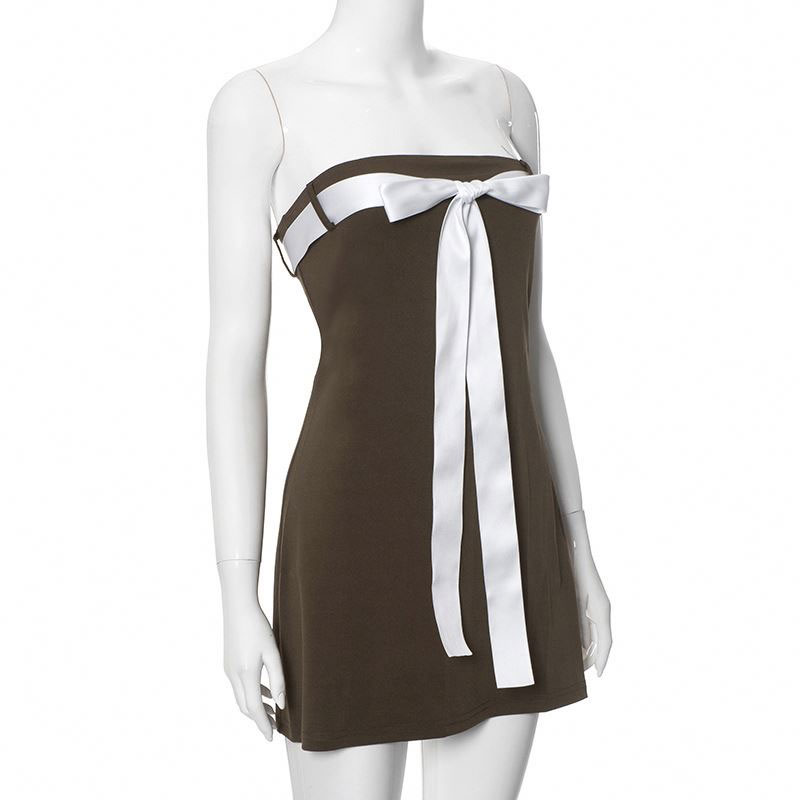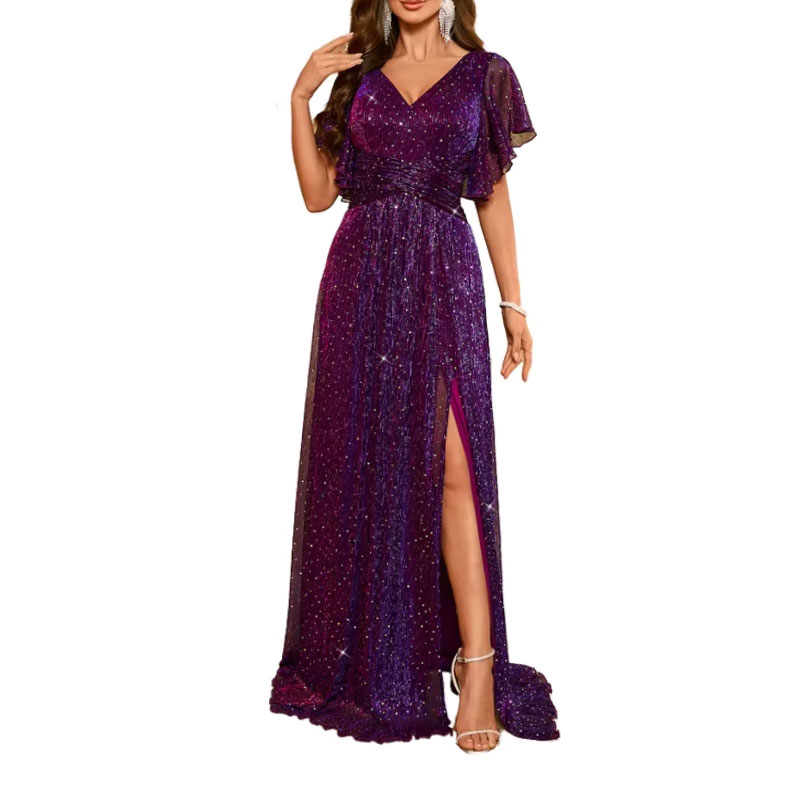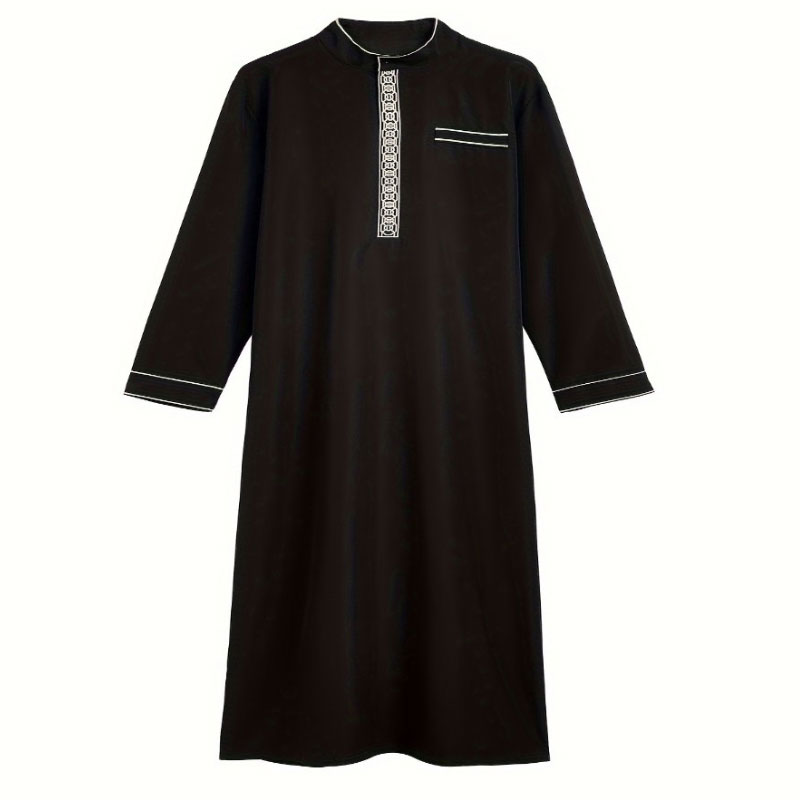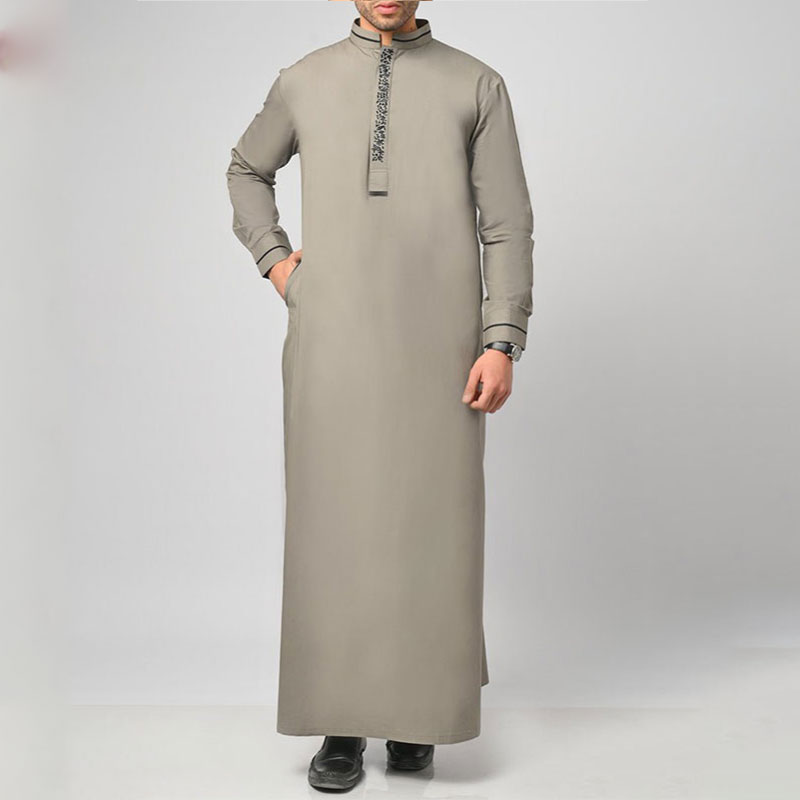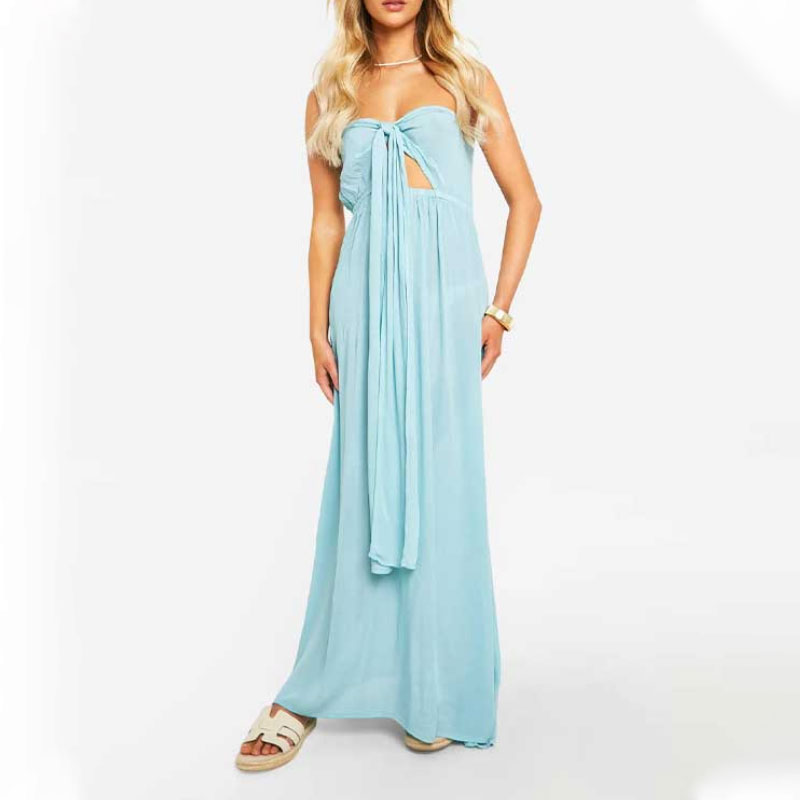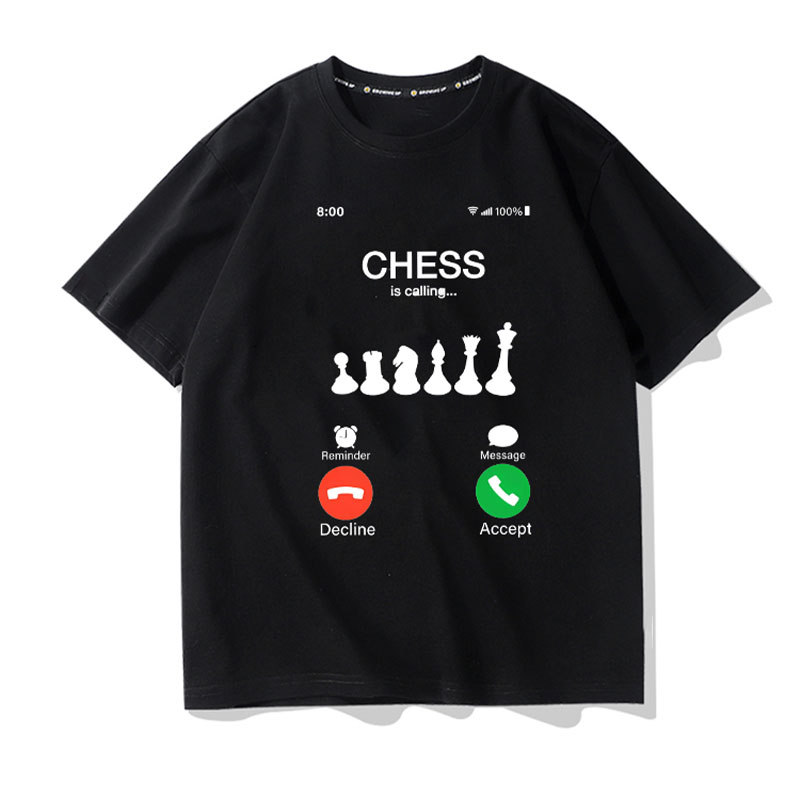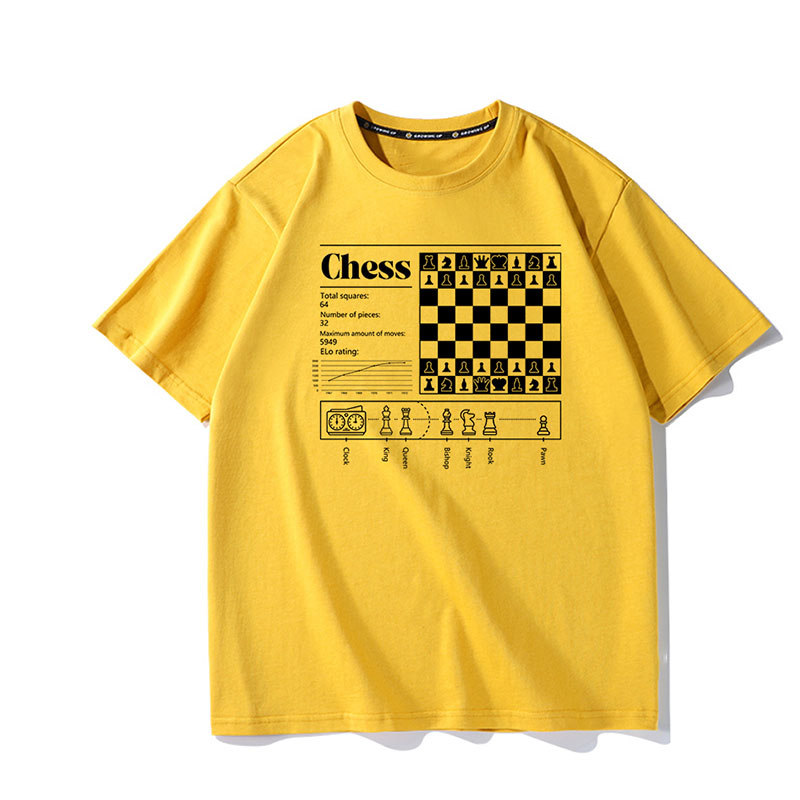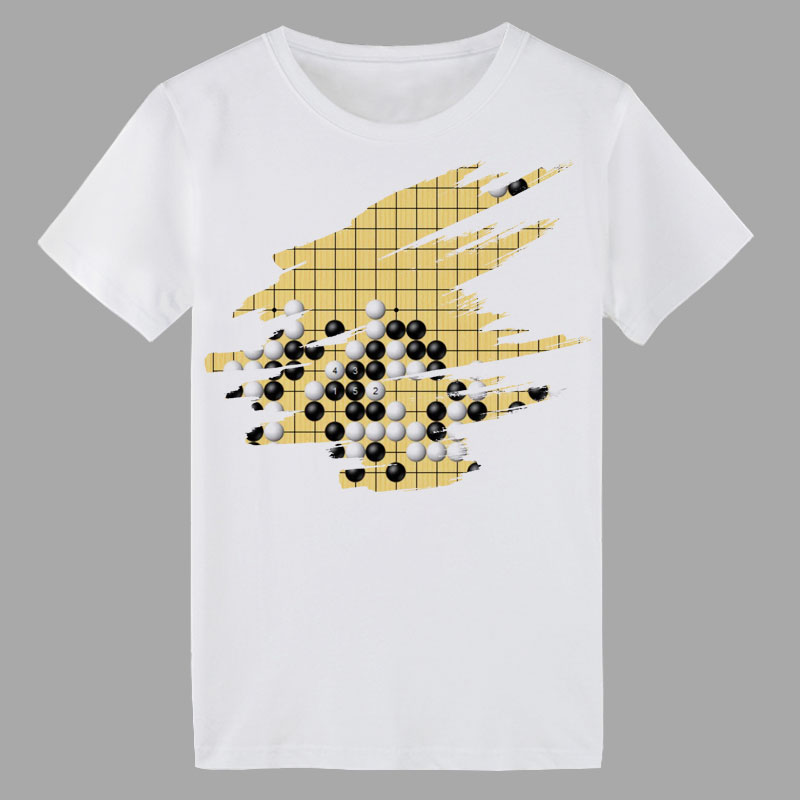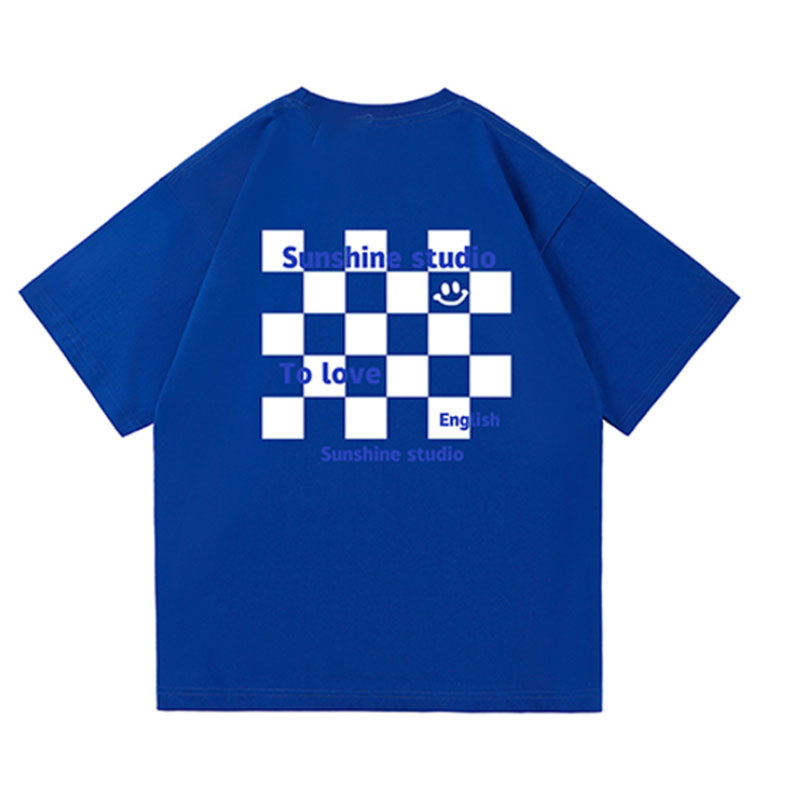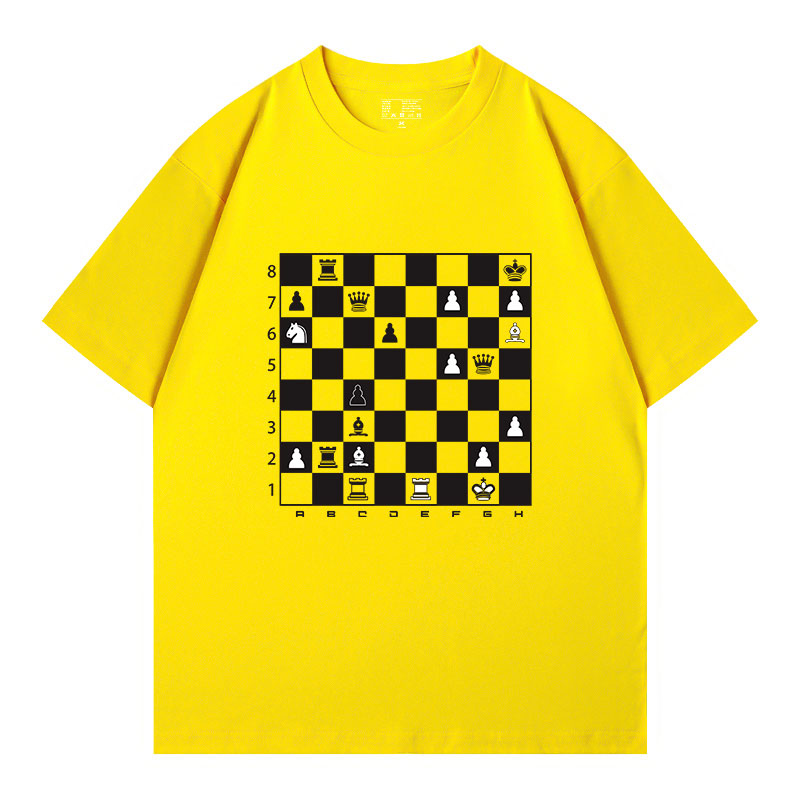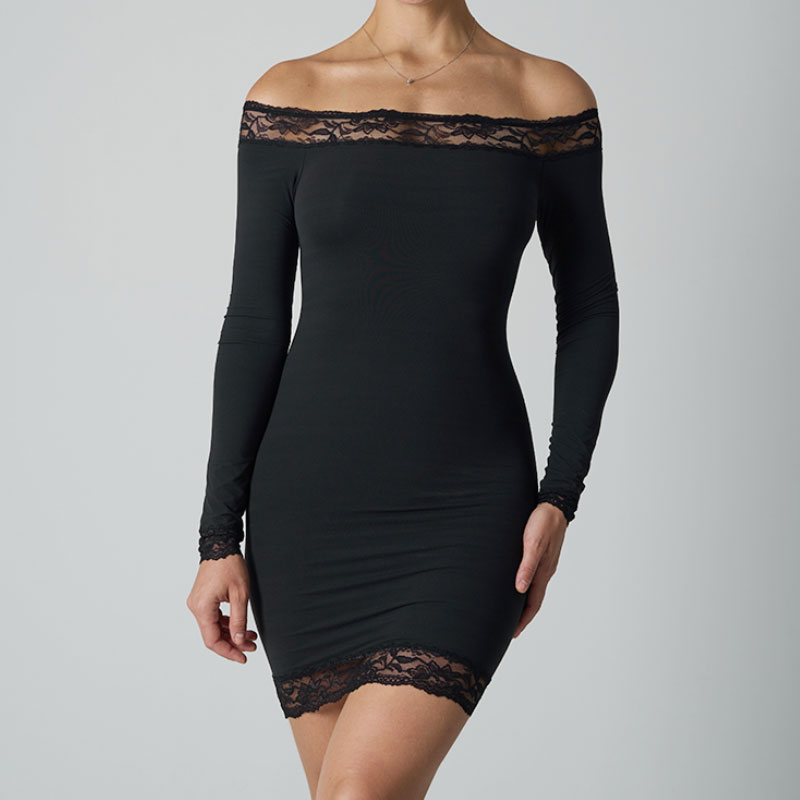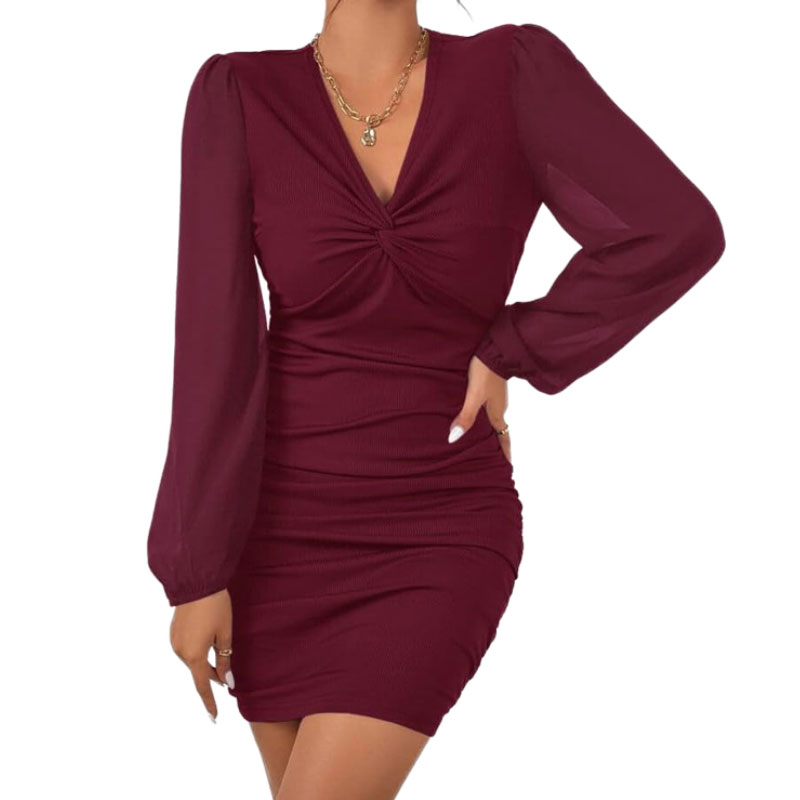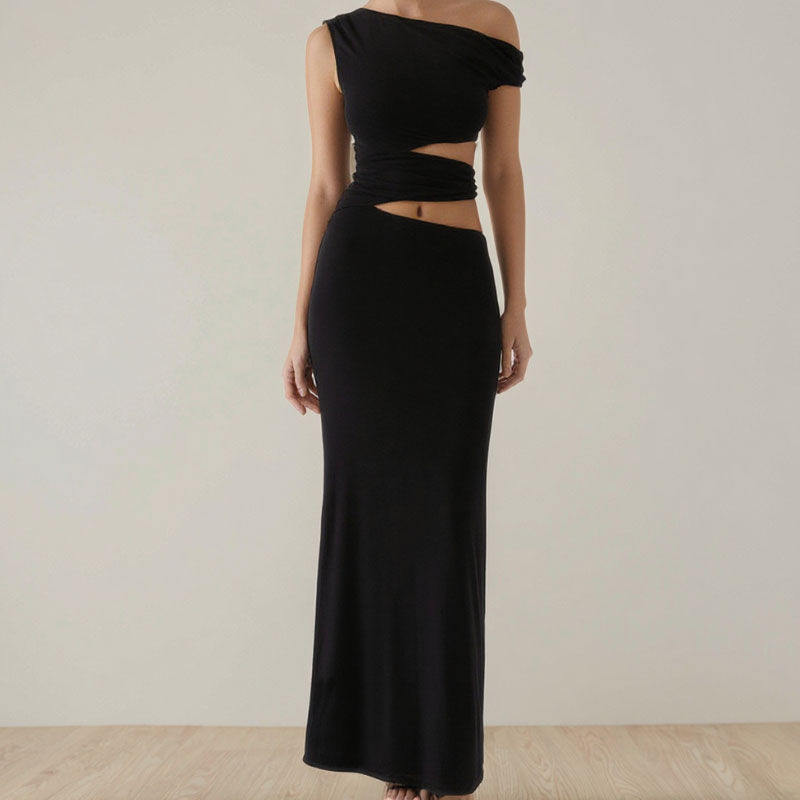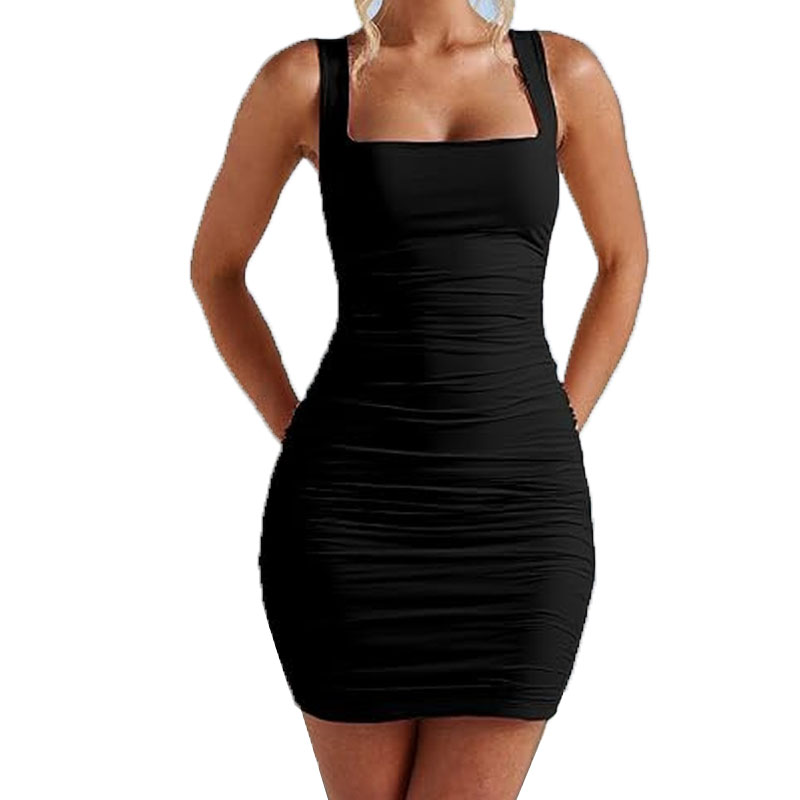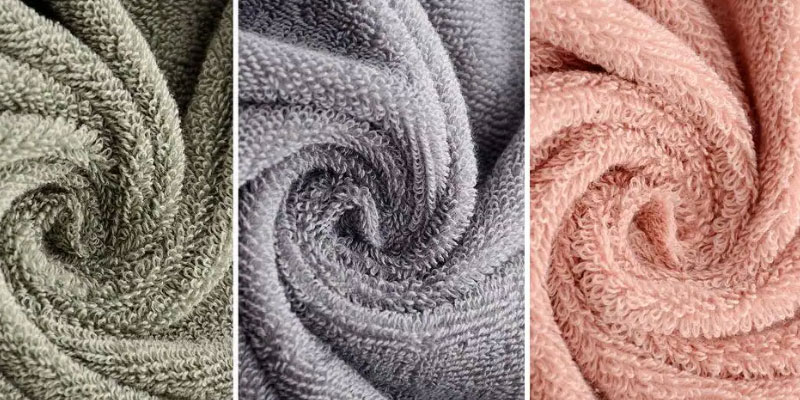
What is Alternative Clothing:The defining characteristics of alternative clothing are uniqueness, individuality, creativity and avant-garde sensibilities, frequently breaking with tradition and emphasising the expression of personal philosophy.
1:Historical Context of Alternative Clothing Fashion
In opposition to mainstream sartorial conventions, countercultural movements of the 1960s pioneered the concept of ‘alternative fashion’. During this era, such attire functioned as symbolic clothing designed to defy conventional aesthetic and moral standards. Over time, the notion of alternative fashion evolved into a more diverse and inclusive phenomenon, becoming a vehicle for young people to express individuality and personal identity.
2.Stylistic Characteristics of Alternative Clothing
Alternative clothing is defined by its distinctive, individualistic, creative, and avant-garde nature, frequently challenging conventions while emphasising personal expression. Designs within this genre are highly varied, often featuring bold and extreme silhouettes alongside unconventional colour palettes. For instance, many alternative brands frequently employ black, red, gold, or asymmetrical designs; simultaneously, these labels emphasise natural and organic materials such as cotton, linen, pure cotton, and pure linen.
Alternative clothing imposes fewer gender constraints, often blending masculine and feminine elements to achieve distinctive visual effects. Moreover, unlike traditional attire, this style typically offers greater malleability and a high degree of creative freedom.
3.Development Trends in Alternative Clothing Fashion
As the fashion industry matures and diversifies, alternative fashion is increasingly favoured by younger generations. Particularly in the digital age, platforms like social media, e-commerce, and blogs enable alternative fashion brands and designers to showcase and promote their creativity and work on a broader scale.

Within today’s fashion landscape, alternative styles have gradually become integrated into mainstream culture. Numerous designers continually explore fresh avant-garde inspirations, integrating them into their creations while blending unconventional elements with traditional motifs to cultivate broader market appeal and public resonance.
【Conclusion】
In summary, avant-garde fashion represents a culturally significant phenomenon brimming with creativity and avant-garde spirit. Its distinctive, individualistic, and diverse characteristics have garnered increasing admiration among the youth. Within the fashion sphere, this avant-garde aesthetic has matured significantly, establishing itself as a vital component of mainstream fashion culture.
Related posts
